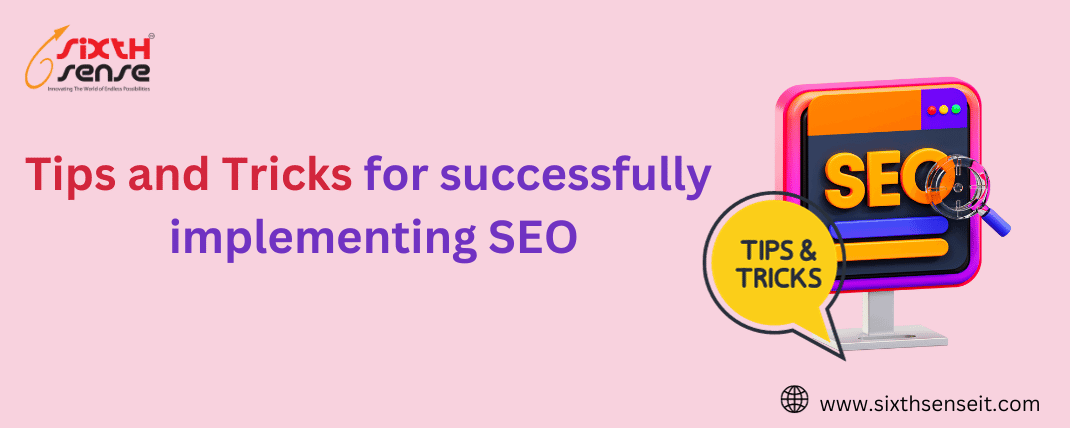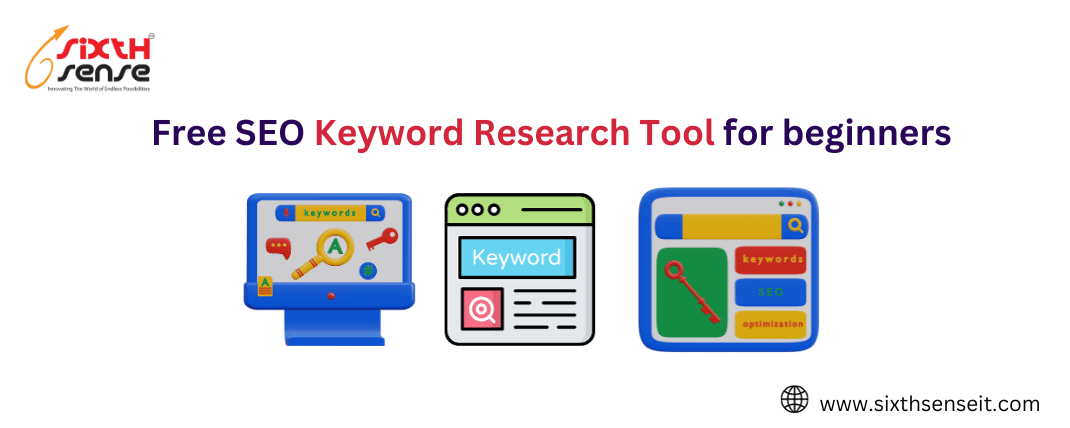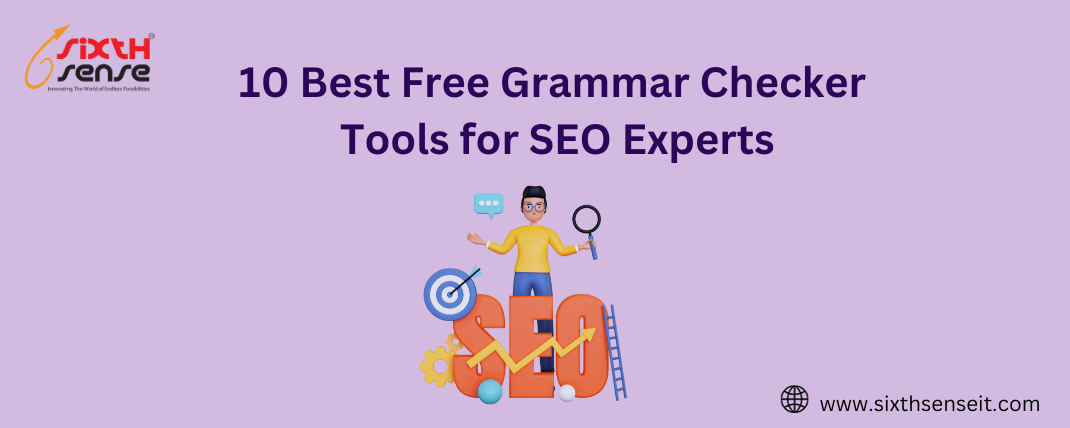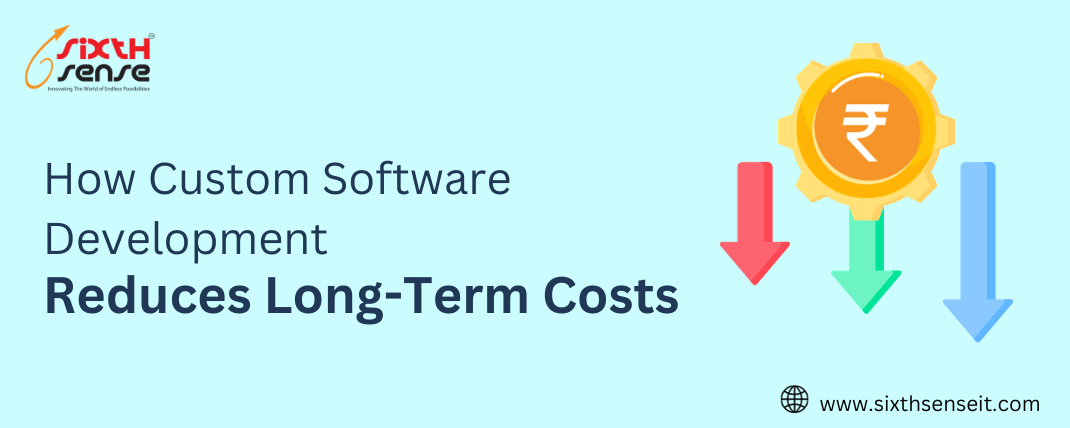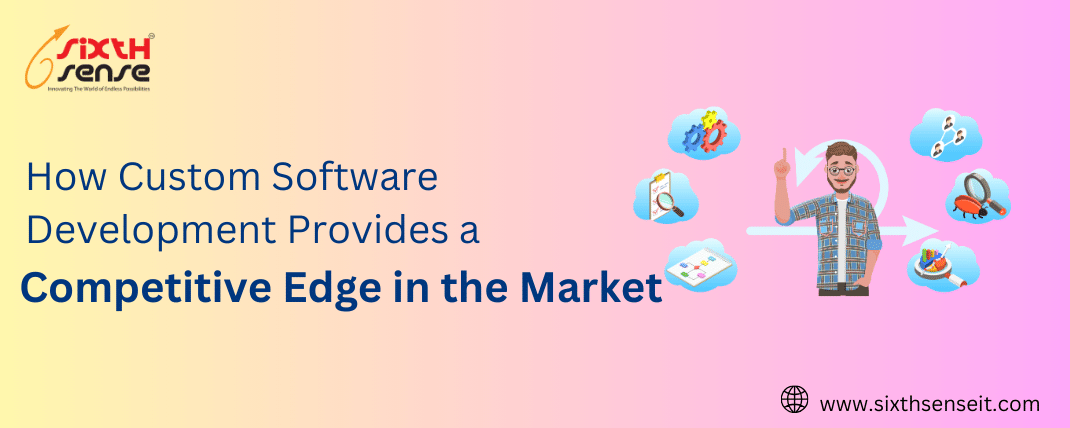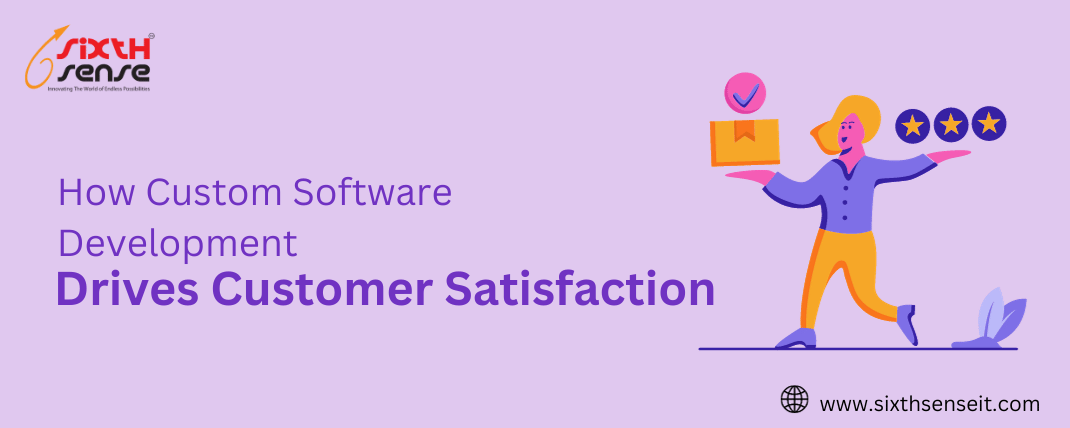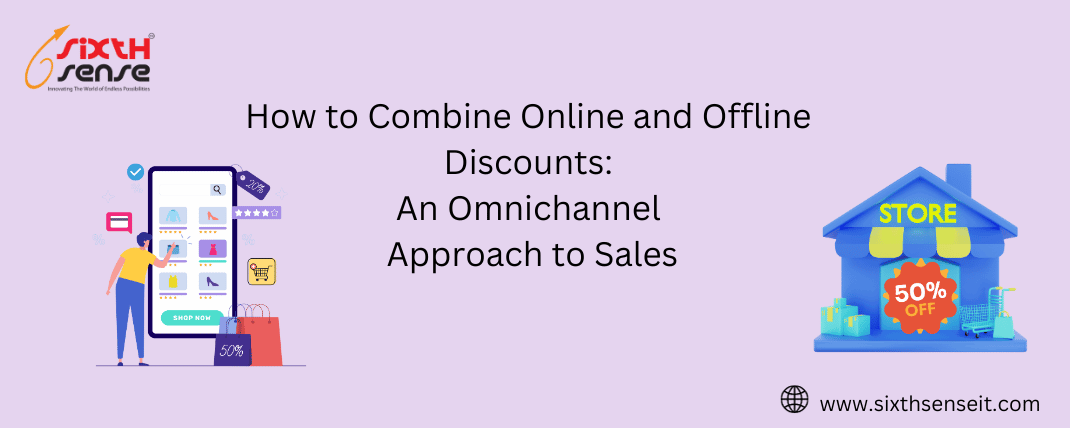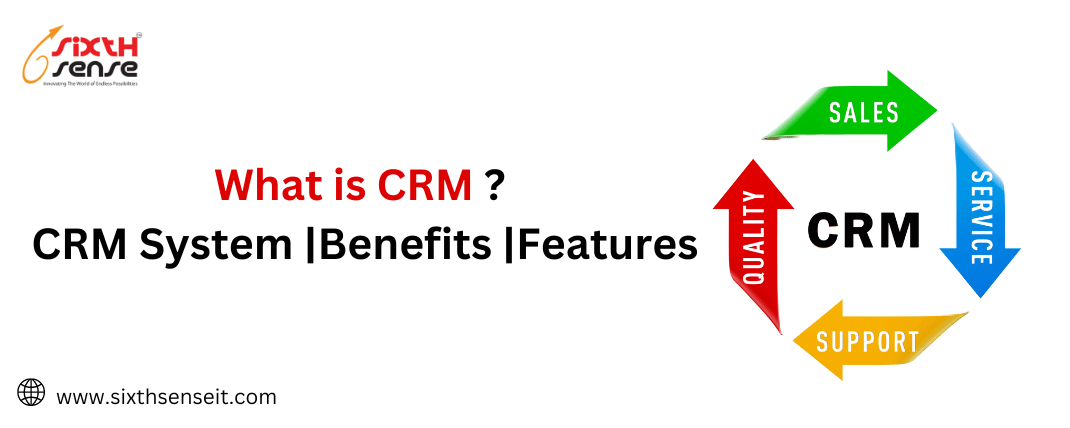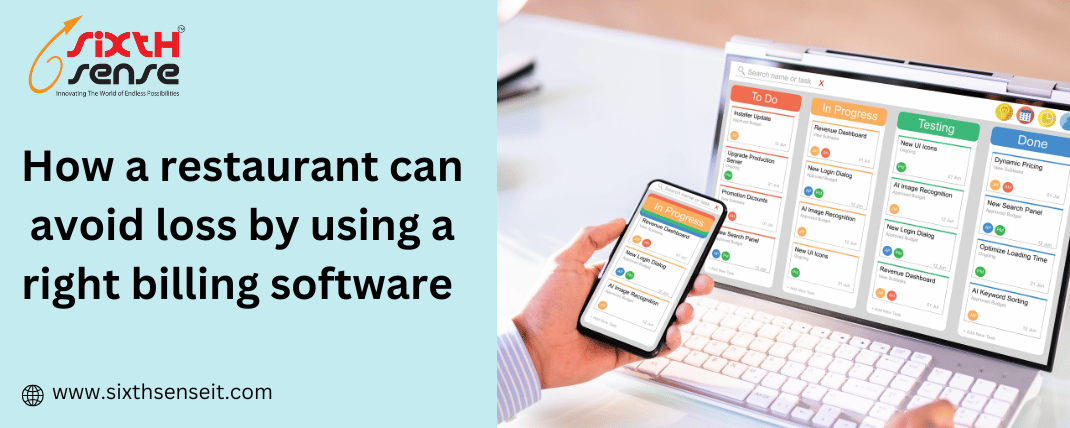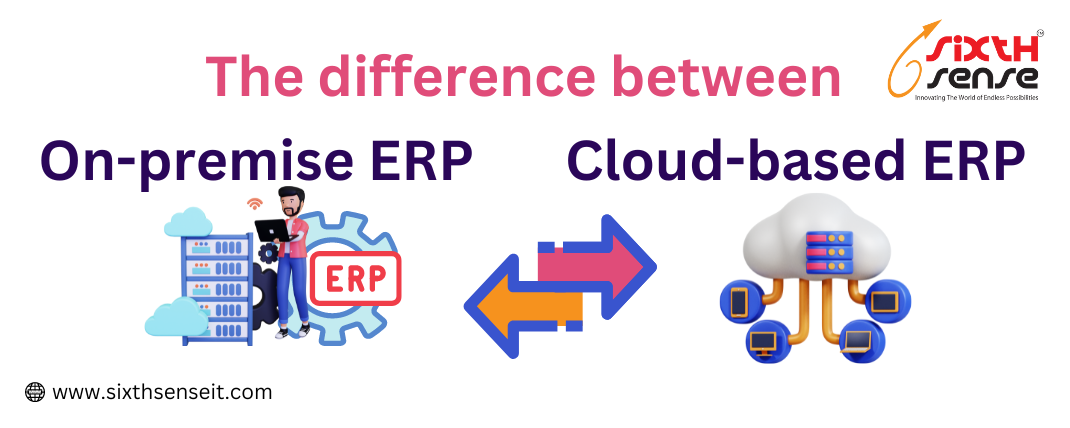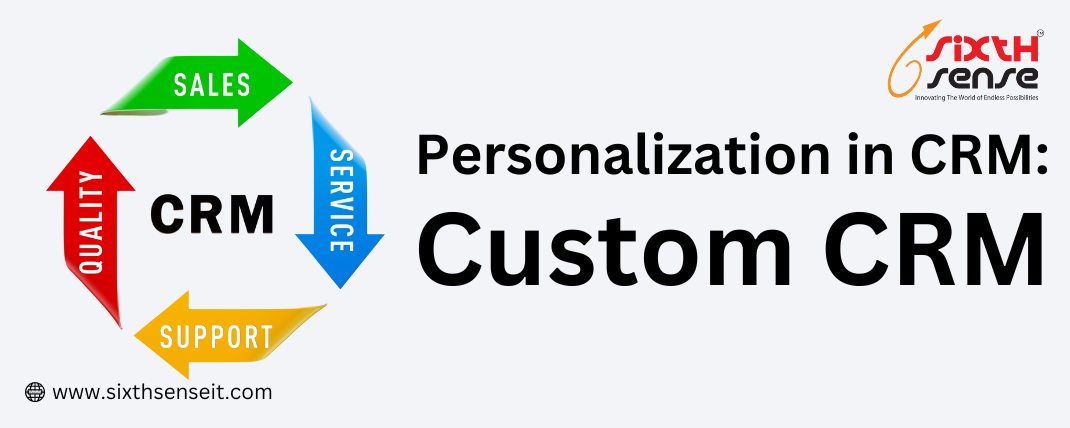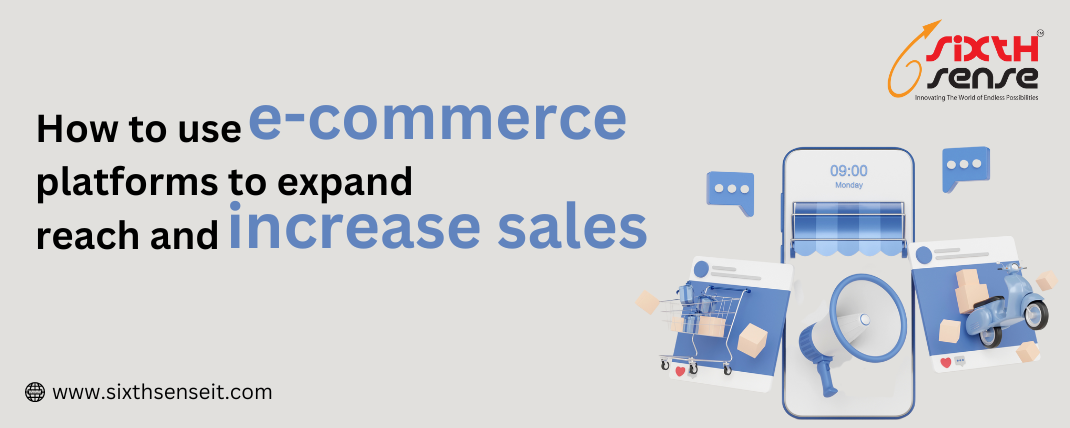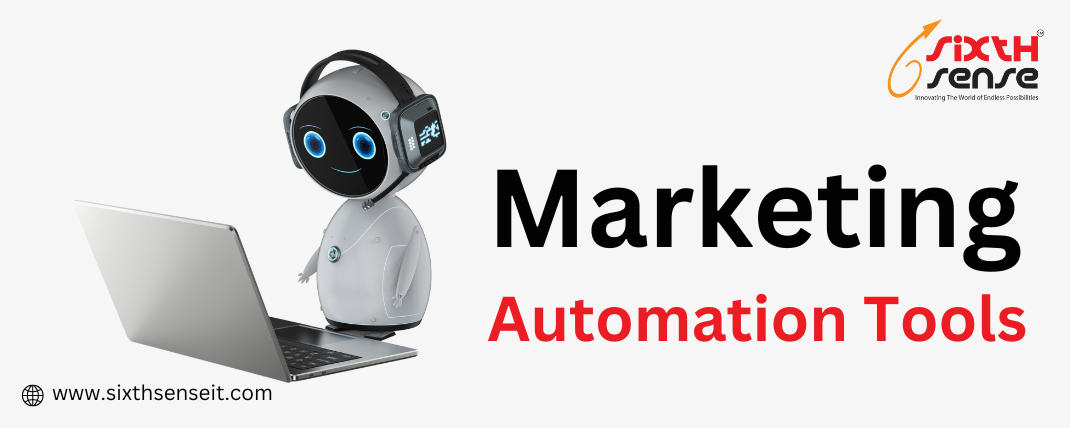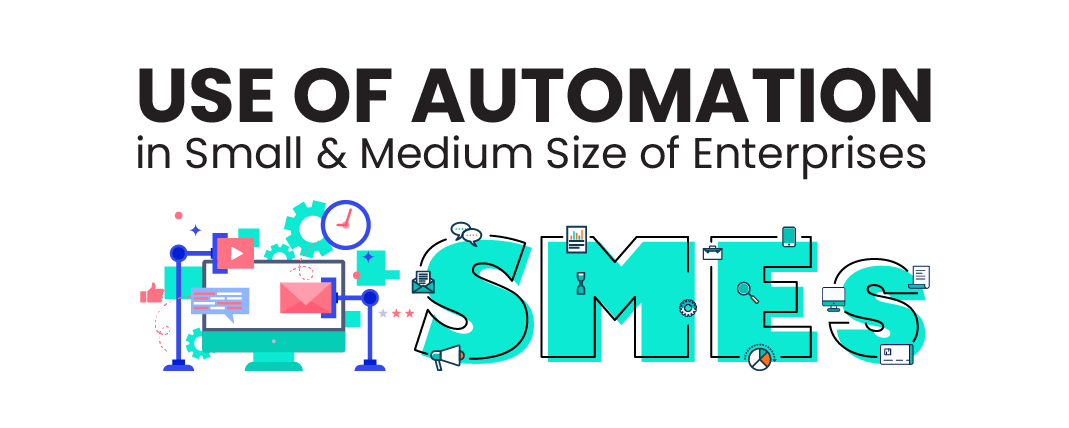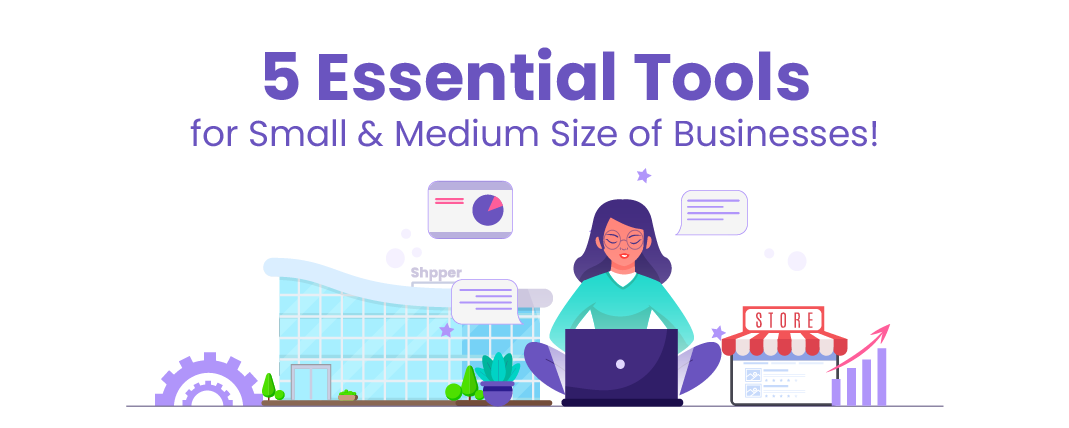
Navigating the Social Media Landscape: Choosing the Right Platforms for Your Brand


In the dynamic realm of digital marketing, social media has emerged as a powerful tool for brands to connect with their audience. However, with numerous platforms available, each with its unique features and user demographics, choosing the right ones for your brand can be a daunting task. In this extensive blog post, we will explore the intricacies of navigating the social media landscape and guide you through the process of selecting the platforms that align with your brand identity, goals, and target audience.
Before diving into the selection process, it's essential to have a broad understanding of the major social media platforms and their characteristics.
Largest social media platform globally.
Diverse user demographics, making it suitable for various industries.
Supports text, images, videos, and live streaming.
Visual-centric platform focused on photos and short videos.
Popular among younger audiences and visually-driven brands.
Features include Stories, IGTV, and Reels.
Microblogging platform with a focus on short, real-time updates (tweets).
Suitable for brands with a strong emphasis on timely and concise communication.
Hashtags and trending topics play a significant role.
Professional networking platform.
Ideal for B2B businesses, job recruitment, and industry thought leadership.
Emphasis on business-related content and networking.
Visual discovery and bookmarking platform.
Appeals to users seeking inspiration for DIY projects, fashion, and lifestyle.
Ideal for brands with visually appealing products or services.
Video-sharing platform.
Second-largest search engine after Google.
Ideal for brands creating in-depth, educational, or entertaining video content.
Multimedia messaging app.
Popular among younger audiences.
Emphasis on ephemeral content through Stories.
Now that we have a snapshot of major social media platforms, let's delve into the steps to choose the right ones for your brand.
Define your brand's personality, values, and visual aesthetics.
Consider your unique selling proposition (USP) and what sets your brand apart.
Identify specific marketing goals (e.g., brand awareness, lead generation, sales).
Consider whether you aim to educate, entertain, or inspire your audience.
Understand the age, gender, location, and interests of your target audience.
Different platforms attract different demographics.
Analyze how your audience engages with content.
Consider their preferences for content types (e.g., images, videos, articles).
Identify the social media platforms where your target audience is most active.
Consider surveying your existing customers for insights.
Evaluate the types of content each platform supports (e.g., images, videos, text).
Choose platforms aligning with your preferred content format.
Consider special features like Stories, live streaming, or interactive elements.
Choose platforms offering features that complement your brand strategy.
Analyze where your competitors have a strong presence.
Identify platforms where there might be an opportunity for your brand to stand out.
Assess how competitors engage with their audience on each platform.
Learn from their successes and challenges.
Stay updated on emerging social media platforms.
Consider whether these platforms align with your brand's goals and audience.
Monitor industry trends and popular content formats.
Choose platforms that support current trends relevant to your brand.
Evaluate the resources (time, personnel, budget) your brand can allocate to social media.
Choose platforms that align with your resource capacity.
Consider the level of consistency required for effective engagement on each platform.
Ensure you can consistently produce high-quality content.
Begin with a selection of platforms based on your analysis.
Test the waters by creating and sharing content.
Use platform analytics to measure performance.
Gather feedback from your audience and adjust your strategy accordingly.
Consider how your chosen platforms can complement each other.
Create a cohesive brand presence across platforms.
Repurpose content across platforms when applicable.
Ensure consistency in messaging and branding.
Conclusion
In the ever-evolving landscape of social media, the key to success lies not in being present on every platform but in strategically choosing the ones that align with your brand's identity and objectives. By defining your brand, understanding your audience, and assessing platform features, you can make informed decisions that contribute to a powerful and effective social media presence. Remember, the social media journey is dynamic, and staying attuned to changes in trends, emerging platforms, and audience behavior will be instrumental in maintaining a vibrant and impactful brand presence on social media.




